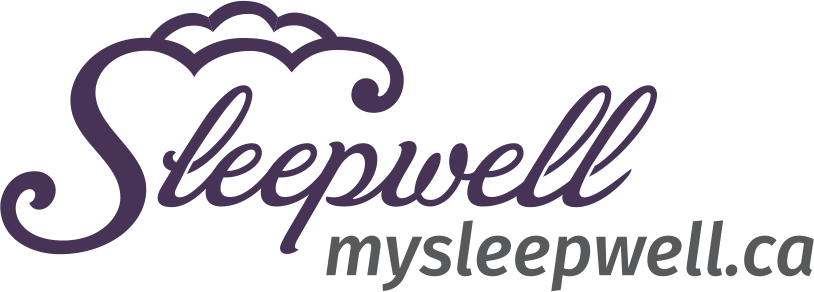 Relax
Relax
Relaxation is one of the five core components of CBTi. The main relaxation techniques include progressive muscle relaxation, imagery, meditation, breathing, and autogenic training. You can follow the traditional approaches, or you can adapt them to suit your needs. Ultimately, your aim is to find something that you can incorporate into your nighttime routine that helps you relax physically and mentally letting you prepare for sleep.


